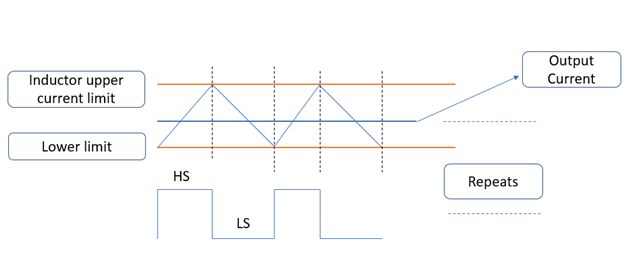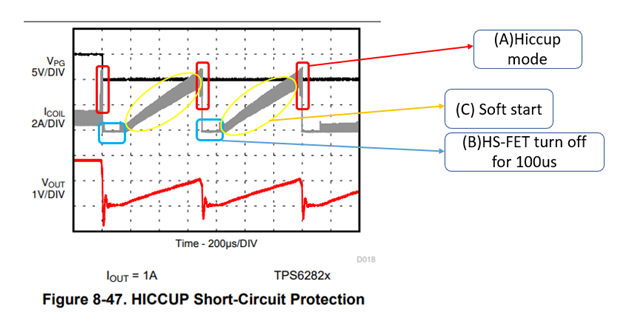Dear Team,
I am designing a circuit that utilizes the TPS62824. My supply is 3V battery and I am aiming for a regulated output voltage of 2.2V. I am particularly interested in understanding the behavior of the TPS62824 under conditions of short circuit and/or overload. How does the TPS62824 react in situations where the output experiences a short circuit or an overload condition (load exceeding its specified current rating)?
- What are the estimated output voltage and current values during these events?
- Will the output voltage completely drop to zero, or will there be some residual voltage?
- What is the expected behavior of the output current (e.g., will it be limited to a specific value in both scenarios)?
I would appreciate any insights you can provide regarding the TPS62824's behavior in these conditions. This information will be crucial for optimizing the design and ensuring the safe operation of my circuit. Thank you for your time and assistance.



